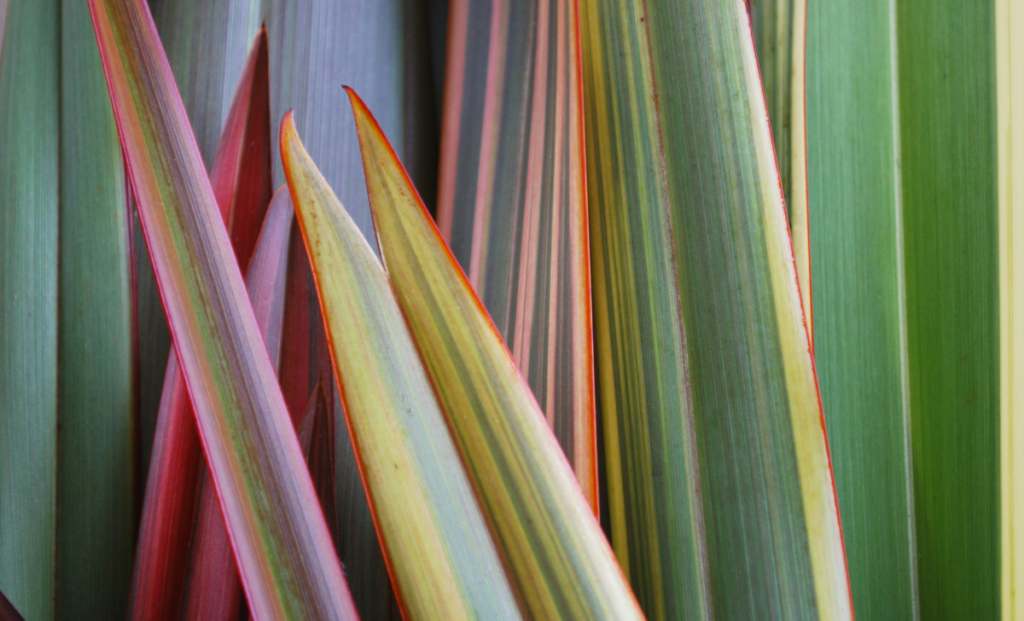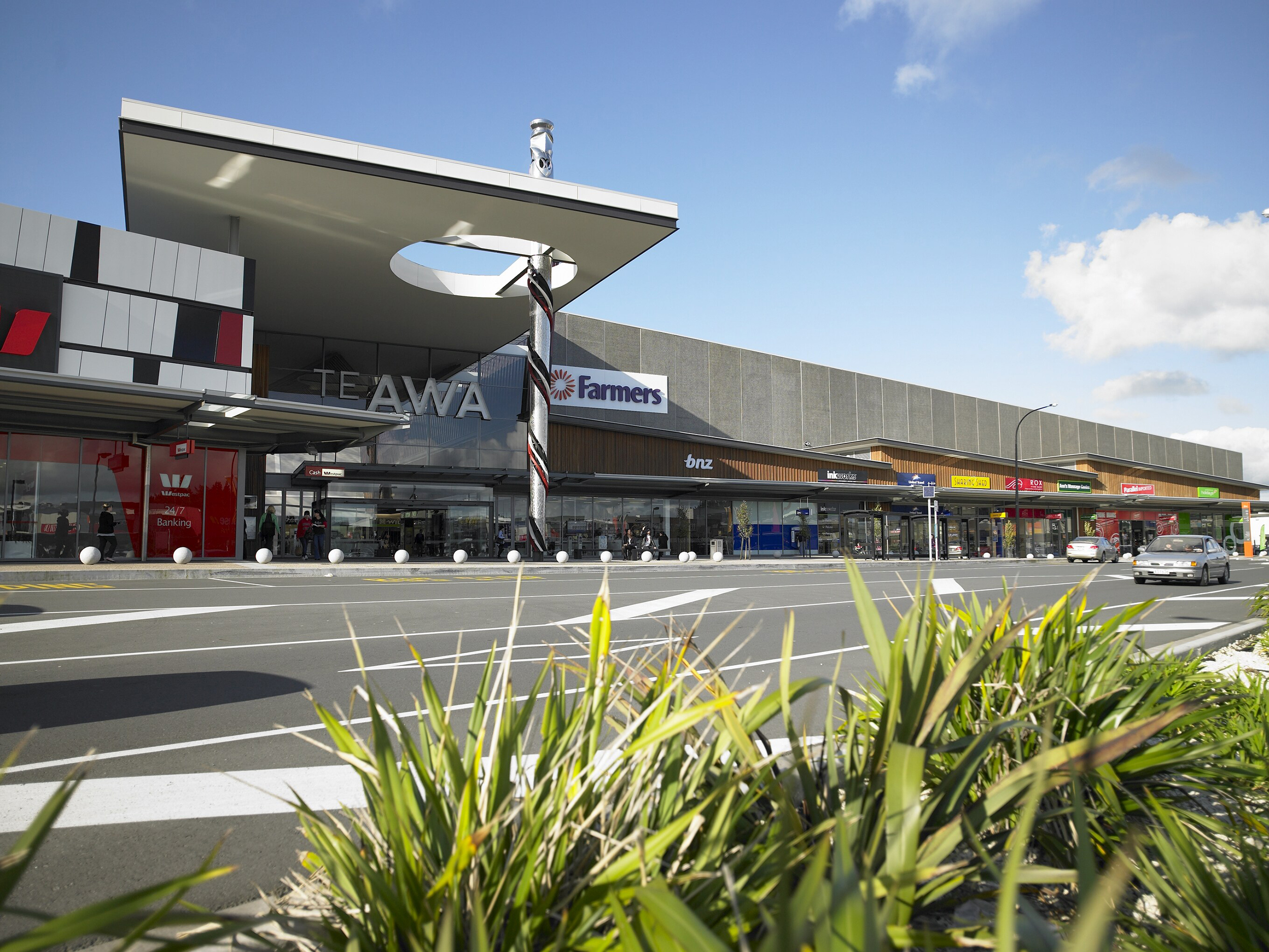SITE, PLANTING & LANDSCAPING
Pre-European settlement was established in and around the site that The Base now sits on by Ngaati Wairere and Ngaati Maahanga hapuu of Waikato. The district was known to Maaori as Puukete, a name derived from a type of woven kete (bag) that was used to strain Hiinau berries. According to Kaumaatua of Ngaati Wairere, the name Te Rapa originates from Te Rarapa (correct pronounciation), a name brought over from Hawaiki and bestowed upon the place by a tohunga from the Tainui Waka. As well as being an area known as a tohu (sign), a spiritual essence, the Te Rapa area was of strategic importance to Maaori with its commanding views and access to the Waikato River for war and trade. At this time, the site was part of a large wetland forest, dominated by Kathikatea and Podocarp trees, with an ancient Maaori walking track running alongside what is now Te Rapa Road.

Throughout the site, planting is maintained using native trees, shrubs and flaxes. These species, including Kahikatea, Rata, Manuka, Harakeke (flax) and Silver Tussock would have been familiar to Waikato-Tainui and are found naturally in central North Island landscapes. These native plantings are accented by groundcovers and accent stone native to the area. Gardens are integrated into the site in weaving patterns, representative of koowhaiwhai patterns.

A range of traditional Maaori decorative motifs feature around the site expressed in modern setting and materials.
- Te Awa lift facades feature backlit glass cladding adorned with traditional bird motifs designed by carvers Marty Ryan and Inia Te Wiata
- In the outdoor eating area at the food court, a feature wall is inpired by tukutuku patterns and textures
- The exterior of Te Awa featured vertical battening references the site’s history as a wetland/riverside forest, representing the native trees that lined the Waikato Te Awa riverbanks. Red, white and black cladding panels reference Waikato-Tainui colours.
- Around the outdoor shopping area, concrete panels are adorned with reed patterns, representing Harakeke (NZ Flax)
- Walking towards Mitre 10, uplit steel floor plats are patterned with traditional Maaori Mangopare (Hammerhead Shark) patterns
Click here to go back to the Taonga Trail menu.
Spotlight on Harakeke
In addition to being planted around the site, Harakeke (Phormium Tenax) is visible in decorative motifs and accents right around The Base. So let’s have a closer look:
- Harakeke is not related to flaxes seen overseas – our Harakeke is actually related to the day lily. Harakeke is unique, only growing naturally in New Zealand and on Norfolk Island.
- Harakeke is closely linked with whaanau bonds and human relationships. From the rito (shoot), to the surrounding awhi rito (representing protective parents) to the outside leaves representing tuupuna (ancestors), the entire plant is often used as a metaphor in speech and song. A common saying: Kua tupu te paa harakeke, translates to “The flax plantation is growing” and refers to the successful growth of the family.
- Sacred to Maaori, harakeke is carefully and respectfully harvested with only the outer leaves taken to avoid damaging the plant.
- Harakeke is versatile, used for everything from clothing and mats to shelter, nets, artwork and medicine. Today, harakeke plays an important environmental role, providing food for Tuuii (Tui), and protecting and stabilising waterways.
- Harakeke was used medicinally on boils, to create splints or strapping, to stitch wounds and tie off umbilical cords and to kill intestinal worms








